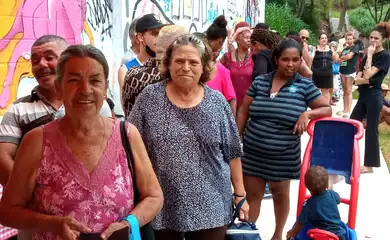Number of women in charge of households is on the rise in Brazil

Men are the majority (50.9%) of people responsible for households in Brazil, adding up to 37 million. Women, however, are drawing close (49.1%), and totaled 36 million.

As the survey entitled Censo Demográfico 2022: Composição domiciliar e óbitos informados (“Demographic Census 2022: Household composition and reported deaths”) shows, a major change took place from 2010, when the percentage of men responsible (61.3%) was significantly higher than that of women (38.7%).
The study was released Friday (Oct. 25) by statistics bureau IBGE, and also says the percentage of women in this condition exceeds 50 percent in 10 of the 27 Brazilian states.
Reported in the 2022 census were some 72,522,372 domestic units in Brazil—15 million more than 2010’s 57 million. The average number of residents was 2.8 people, down from 2000’s 3.7 and 2010’s 3.3. Of households, 72.3 percent have up to three residents, and 28.7 percent have two residents.
IBGE researcher Marcio Mitsuo Minamiguchi explained in his presentation of the survey that “responsible person” refers to the individual named by residents as such. “Domestic unit,” he went on to say, is the name given to the group of people who live in a private home whose constitution is based on arrangements made by the person, individually or in groups, to guarantee food and other essential goods for their livelihood.
Same sex
Another change concerns units with a head of household and a same-sex spouse or partner, which reached 0.54 percent of the total. Though small, the expansion was significant compared to 2010’s 0.10 percent. The number of such homes went from 59,957 in 2010 to 391,080 in 2022.
Profile
In 2022, the census showed for the first time that the proportion of mixed-race Brazilians (43.8%) exceeded that of whites (43.5%) among those responsible for household units. In 2010, the proportion of mixed-race people stood at 40.0 percent, and white people at 49.4 percent.
“The profile of the person responsible is very much in line with the changes seen in the total population in the last two censuses, when we also saw an increase in the mixed-race and black population compared to the previous census. This is also represented here in the profile of the person responsible for the household. For the first time, we can see that mixed-race people outnumber whites in the number of people responsible for households in Brazil,” he stated.
As a result, he summarized, “the profile of the head of household is older compared to 2010, it is more black and mixed, more female, and the number of children has decreased.”





